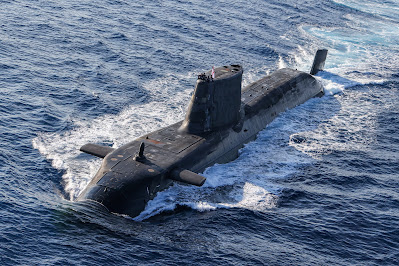If it is not possible to prevent the enemy laying naval mines by destroying their mines and mine layers before they can be used then it becomes necessary to determine where mines have been laid by means of a survey and effective use of time and resources dictates doing this ahead of friendly vessels,consequently the speed of advance of those vessels shall be constrained by the speed of the mine survey.
A mining sloop locates mined areas by deploying it’s Mine Hunting Launches which survey a lane at a speed of up to fifteen nautical miles per hour,advancing up to three hundred and sixty nautical miles per day whilst relaying contacts in real time and when a mined area is detected clearing a lane at a rate of advance of up to fifteen knots (depending on the width of the lane,the density of contacts and the number of launches available for the task).
The REMUS 620 Unmanned Underwater Vehicle with a Kraken AquaPix MINSAS 120 mine hunting sonar and two batteries has a maximum speed of eight knots and,at speeds of less than three knots,it has a maximum range of one hundred and thirty-two nautical miles and a maximum endurance of fifty hours (electrically powered submersibles have very low performance because their batteries have low energy density).
If deployed from the Royal Fleet Auxiliary Motor Vessel Island Crown a REMUS 620 would take fifty hours to survey sixty-six nautical miles ahead and then return,due to the limits of submarine communication only after resurfacing may sonar images be analysed,assuming a clearance speed of fifteen knots it would take over fifty-four hours to survey and clear a sixty-six nautical mile lane,fifty hours longer than it would take a mining sloop which could survey and clear up to eight hundred and sixteen nautical miles in the same time (because it's Mine Hunting Launches have air breathing diesel engines and can analyse sonar imagery and relay contacts by radio in real time) and yet some think using toy submarines to hunt mines would be transformational.















